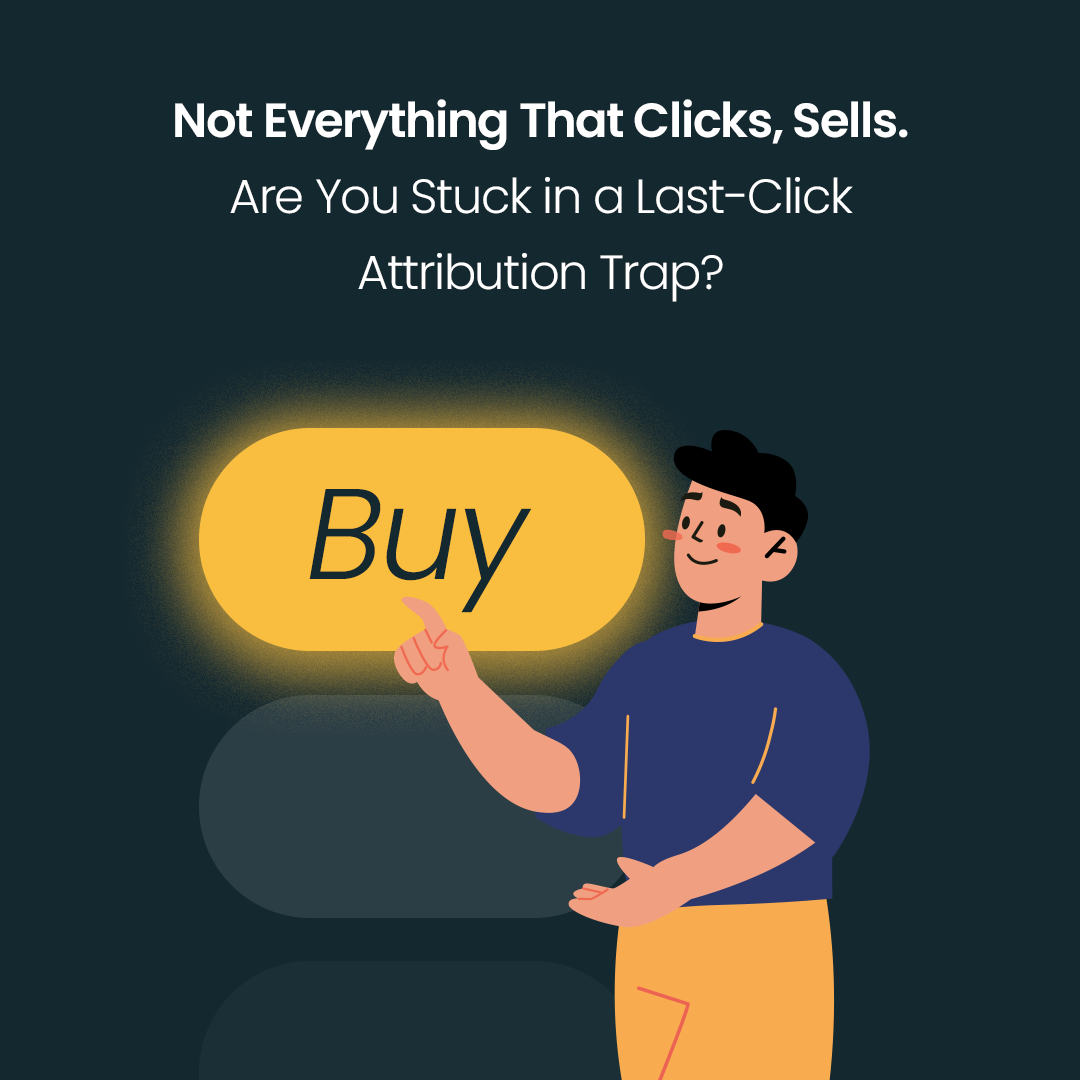Do you own an ecommerce store or run a social media account? Or perhaps, you simply like recommending your favorite products to your friends? If your answer is yes, affiliate marketing can be your chance to generate some extra income. From this article, you will learn what affiliation is, how to navigate it, and how you can make the content you publish appealing.
Let’s start with the basics!
What Exactly Is Affiliate Marketing
Affiliate marketing is basically a kind of a partner collaboration between you and some company whose products you promote. In this model, you get paid for the outcomes (of your recommendations). To help you figure out what it really looks like, let's assume an owner of a shoe store hires a college student who, by handing out flyers, encourages passers-by in Nowy Swiat Street to check out the promotional offers the store offers. She will earn a 7% commission on the value of a receipt for every purchase that has been made thanks to her recommendation. i.e. all purchases made with her flyer. This model allows both parties to benefit as the company has boosted its sales and the affiliate partner gets their commission for every single transaction made thanks to their efforts. This makes affiliate marketing a very effective way to earn more money through the promotion of products and services of the companies that can reach a much wider group of potential customers.

There are 4 main affiliate roles:
Advertiser – a company which wants to sell their products or services.
Publisher – a person or a business that recommends their products or services in exchange for commission.
User – a person who buys a product or a service thanks to the recommendation.
Affiliate network – a specialized entity which has relevant technology that enables advertisers and publishers to start collaboration instantly.
What can the Publisher get paid for? In affiliate collaboration, advertisers pay publishers for delivering specific actions only. That’s why affiliate marketing is part of performance marketing. There are a few payment models, and the choice of any of them will largely depend on the goal of a given advertiser.
CPS (Cost per Sale) – commission on the purchase value, e.g. 5%.
CPA / CPL (Cost per Action / Cost per Lead) – e.g. for filling out a form, fixing a test drive, or participating in a competition.
CPC (Cost per Click) – cost per click on an ad.
CPO (Cost per Order) – cost per placing an order, e.g. a fixed rate, let’s say PLN 50.
As affiliate marketing happens mostly online, publishers are supposed to use dedicated affiliate links (tracking links) to promote products. An affiliate link is a unique URL address which takes you to the advertiser’s website. It can get added to a graphic, a logo, or as text in an article or a post. Thanks to this, an affiliate network system is able to count clicks, sales or other actions that a user performed after they had been redirected to the advertiser’s site.
Kinds of publishers and promotional methods
As you already know, publishers promote products or services and claim commission on every sale, click or other user action, which results from their recommendation. Do you ever wonder how you could make money by promoting advertisers’ products and services?
We have prepared several examples that can surely help you do it.
Social media
Promoting products in social media is one of the most effective affiliate marketing methods. You can leverage various content formats to attract potential customers and encourage them to use your affiliate links.
Here are a few tried-and-tested strategies:
Instagram and Facebook Stories: Stories are a great tool for promoting products quickly while engaging your audience. You can post beautiful photos, short videos or animations that show products in everyday use. Adding stickers with a direct link to purchase makes it easy for users to go to the store.
Instagram and Facebook Posts: Create posts with aesthetic photos or graphics that catch the eye. Post descriptions can include product recommendations and information about their benefits and how to use them.
Reels and Short Videos: Short, dynamic videos do the trick when it comes to capturing attention and increasing engagement. You can create Instagram or TikTok reels with tutorials, unboxings, or product reviews. This type of content not only entertains but also educates the audience, which can encourage them to make a purchase.
YouTube: Adding affiliate links to your YouTube video descriptions is another effective way to promote your content. Videos can be product reviews, shopping guides, or “top 10” lists of your favorite products.
Blogs and themed websites
Blogs and themed websites are great online spaces to promote products using affiliate links. There are many ways to use these channels:
Product Reviews: Create in-depth reviews of the products you promote. For example, if you run a beauty blog, you could write an article comparing different moisturizers and include affiliate links to each one.
Tutorials and How-To Videos: Create guides that address the needs of your target audience. For example, if your blog focuses on technology, you could write an article about the best photo editing apps for smartphones, including links to the ones you recommend.
Featured List Articles: Create list articles, such as “Top 10 Gadgets for Runners,” and include affiliate links to each product.
Banner Ads: Place ad graphics in strategic places on your page, such as in the sidebar of your blog or in the header of your article. For example, if you promote kitchen appliances, a banner with an attractive promotion on blenders can grab your readers’ attention.
Friends
Recommending products to friends is one of the oldest and most trusted methods of promotion. It works in affiliate marketing too! You can recommend products in various ways:
Private conversations: If you know that a friend is looking for a specific product, such as sports equipment, you can recommend something that you use and think is worth considering. Just mention the product in a conversation and send an affiliate link.
Private messages: You can send affiliate links to your friends via messengers, such as Messenger, WhatsApp, or email. Let’s say you know that someone is planning to buy a new phone. You can simply share with them your recommendation with a link to the store.
Topic groups and discussion forums: If you're on topic groups on Facebook or forums, you can recommend products as an expert in your field. For example, if you know loads about photography, you can advise others on choosing photography equipment by adding affiliate links to the recommended products.
Recommending products to friends works best when you are an authority in the field or know your friends' needs well as this makes your recommendations more credible, and your friends are more likely to use your affiliate link and make a purchase.
Comparison, coupon and cashback sites
Comparison, coupon and cashback sites are perfect tools for experienced publishers to reach users who are ready to buy. These are basically more technically advanced websites that effectively generate traffic and commissions from affiliate links. Here are some examples of how you can use them:
Price comparison sites - They allow users to compare prices and specifications of different products from multiple stores. Adding affiliate links on these sites is beneficial because users are ready to make a purchase and looking for the best deal.
Coupon sites - Make sure you collect discount coupons and special offers from various online stores as users visit them with the intention of finding a discount, which, in turn, increases the chances of conversion.
Cashback sites - Platforms of this type enable users to get a refund of part of the amount spent on purchases made through their links. Users are motivated to make purchases when they know they can get some of their money back. If someone is planning a large purchase, such as some household appliance, using cashback can actually be very profitable.
Service comparison sites - In addition to regular products, comparison sites can also help users compare services, such as insurance, credit, or energy providers. For example, a car insurance comparison site may include affiliate links to insurance companies, which is a perfect fit for a user looking for the best deal for themselves.
The Importance of Content QualityRemember that the key to affiliate marketing is the quality and uniqueness of your content. Try to create content that you would like to consume yourself and that provides value to your audience. Thoughtful and engaging content that is tailored to the needs of your target group builds trust and loyalty. Focus on the main themes of your channels. Sticking to a specific theme allows you to build authority in a given field. If your channels focus on a healthy lifestyle, reviews of fitness equipment or dietary supplements will be more relevant and credible than some random recommendations of the products unrelated to your niche. Remember that your content should be valuable and engaging. Don't focus only on promoting products, but rather try to educate and inspire your audience. For example, instead of just recommending cosmetics, create an article about skincare routines or record a makeup tutorial using the products you recommend. By focusing on quality, authenticity, and value for the recipient, you will not only increase your chances of earning a commission, but also build long-term relationships with your community. Audiences who trust your recommendations will be more likely to use your affiliate links, which means more effective marketing efforts.
Affiliation and law
Following the amendment to the UOKiK Act on the Competition and Consumer Protection, information about cooperation with the brand and the possibility of obtaining financial benefits by recommending products using affiliate links should be included.
It is worth emphasizing that operating in affiliation does not require having your own business entity. Most affiliate networks, e.g. Performers, pay their affiliate partners based on the acceptance of the program terms.
Affiliate marketing offers a lot of opportunities for you. It is a flexible tool that allows you to earn money and at the same time share what you like with others. Start with baby steps, and over time you will see how much you can gain by getting involved in the world of affiliation.






